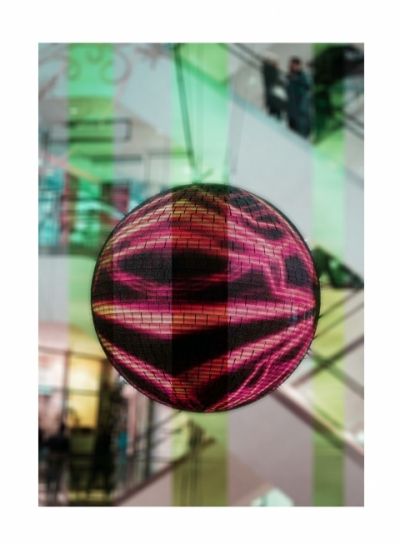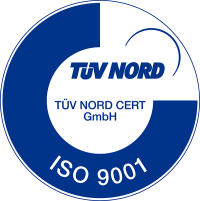News
Corona aerosols: CO2 concentration proves to be an indicator for the risk of infection Scientific study shows our BAPPU-VOCOO in a new light.

The corona pandemic - and the changes and dangers associated with it - have become part of our everyday lives. The virus has raised a host of questions which scientists around the world are attempting to answer. However, one thing is certain: the corona virus can spread rapidly and efficiently as an aerosol, especially in enclosed spaces. This therefore increases the potential risk of infection. A recent scientific study has presented an interesting correlation between the concentration of carbon dioxide and the estimated concentration of aerosol.
The study, which was carried out by researchers at the Hermann Rietschel Institute of the TU Berlin, is based on the assumption that humans are the main source of carbon dioxide and aerosols. However, other emission sources such as supply air, exhaust air, sedimentation and the end of the virus life cycle are also taken into account.
In order to evaluate the results of their measurement, the researchers set a basic concentration of climit = 3000 viruses. The reason for this being that the risk of infection only exists above a certain concentration of virus-contaminated aerosols. They assess the risk of infection to be more critical if the virus concentration is high for a short period of time, than if a person stays in a less contaminated environment for a longer period of time. The simplified equation is: high carbon dioxide concentration = high aerosol concentration = high risk to get infected with the corona virus.
The correlation between the concentrations of carbon dioxide and the estimated concentration of aerosol examined in the study confirmed the importance of adequate room ventilation: freshly supplied air reduces the carbon dioxide concentration in rooms and thus the potential risks of infection. However, since people are very poor at assessing a prevailing carbon dioxide concentration, an objective assessment would prove to be interesting. This is exactly where our BAPPU-VOCOO comes into play: using the BAPPU-VOCOO, the concentration of carbon dioxide in rooms can be detected extremely well. Good reference points are the ASR 3.6 and the Pettenkofer number.
Our BAPPU software not only displays the concentration of carbon dioxide measurements, but also other variables measured "live" in BAPPU. Moreover, we will soon be unveiling an even better way to read the concentration of carbon dioxide thanks to an innovation our engineers are currently working on: a clearly set out results screen on the front of the measuring device. We will be reporting in detail about this innovation, called "VOCOO+", very soon.
Recommended links on this topic:




